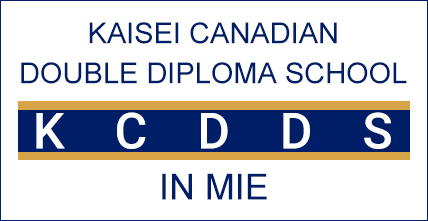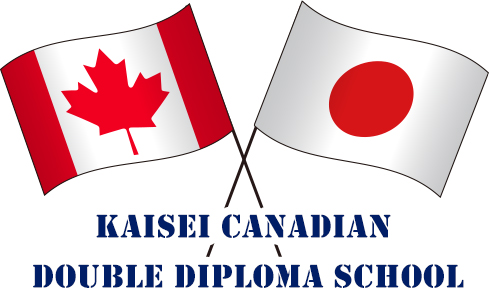
Our school is the only BC offshore school in the Tokai region to have a British Columbia certified school, the KAISEI Canadian Double Diploma School.
By adopting the education system of British Columbia, Canada (hereafter referred to as BC),
students can obtain high school graduation qualifications from both BC and Japan.
Admission Policy
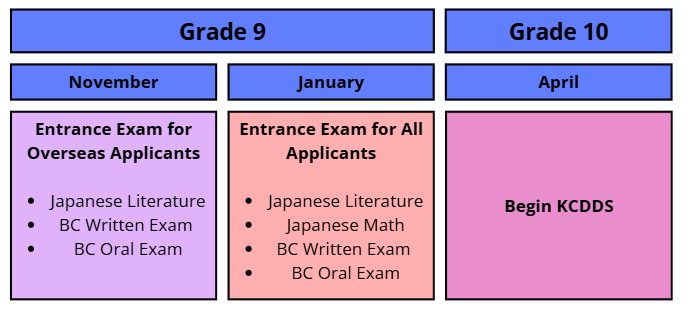
Students take an entrance exam each year to gain admission into the grade 10 cohort in April. Students read various fiction and non-fiction texts and write responses, answer multiple-choice questions, and they also write a short essay. A basic level of English proficiency is required, approximately pre-level Eiken 2, since there are interviews and students will have to orally respond to questions about themselves, images, and texts.
Curriculum Policy
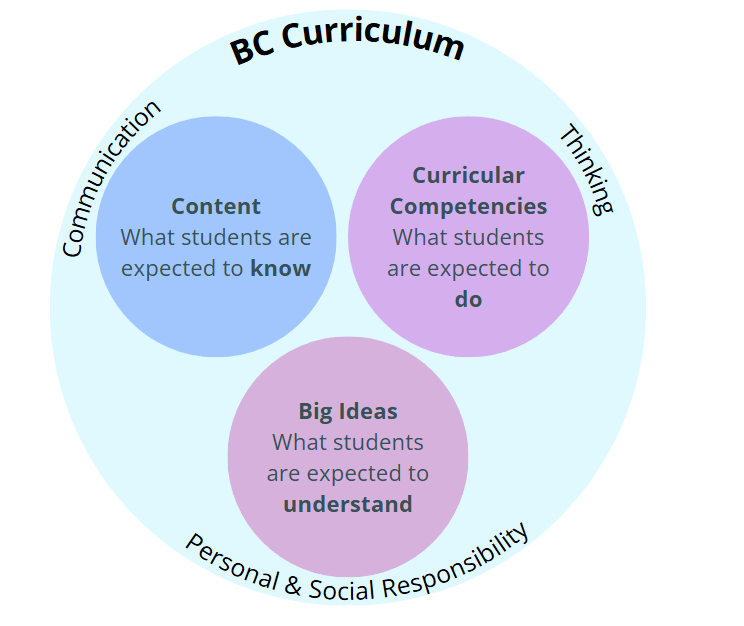
Students learned the highly rated BC curiculum, which is based on personalized, flexible learning that focuses on concepts and competencies, and experiential, hands-on learning. The BC curriculum has a foundation of literacy and numberacy, and our model is made of three elements: Content, Curricular Competencies, and Big Ideas. Central to the BC curriculum are the Core Competencies of Thinking, Communication, and Personal and Social Responsibility. In addition, Indigenous culture and perspectives are integrated throughout all subjects and content.
Graduation Policy
Students in Japan complete the same courses as those in BC, with a minimum of 80 course credits required to graduate with a BC Dogwood Diploma. In addition, students must complete the following Graduation Assessments by grade 12 in order to graduate: Grade 10 Numeracy and Literacy, and Grade 12 Literacy. Moreover, students must successfully complete a 4-credit Indigenous-focused course to graduate. Classroom-based assessment is the main source of student learning that teachers use to assessment and evaluate learning progress relative to learning standards. The BC Graduation Program mandate is to produce “educated citizens” who demonstrate intellectual, human and social, and career development that prepares them for many post-secondary opportunities.
A Message from the KCDDS Principal
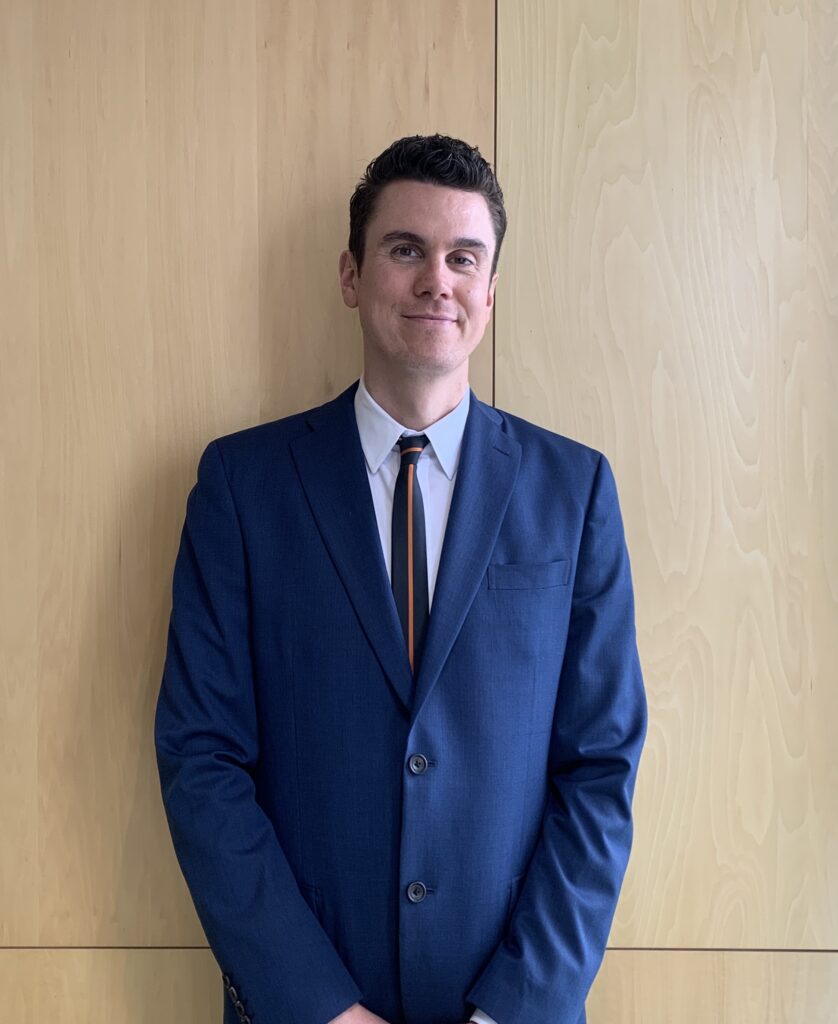
Liam Fitzpatrick
British Columbia Principal
M.Ed. (Curriculum and Instruction)
B.Ed. (Education)
B.A. (English and French)
Message
Hi everyone,
My name is Liam Fitzpatrick, but you can call me Mr. Fitz. I'm thrilled to be joining Kaisei Canadian Double Diploma School as your new BC principal. Over the past 12 years, I've had the opportunity to teach and lead in schools across Canada and internationally, working with students from many different linguistic and cultural backgrounds - including Japanese. I love sharing my passion for literature, history, and the English language with students, helping them grow as mindful, critical thinkers and supporting them in reaching their goals.
At KCDDS, we follow the BC curriculum, which encourages students to develop their skills in thinking, communication, and collaboration. It also asks them to reflect on their learning, recognize their growth, understand how they learn best, and set meaningful goals for their future.
In addition, I'm passionate about learning what connects students to the real world - whether through hands-on experiences or interdisciplinary projects that help them understand the bigger picture. I believe school should be a place where students feel seen, supported, and inspired to explore who they are and what kind of impact they want to make on the world around them.
In my spare time, I love sports and the outdoors. On weekends, you can usually find me climbing rocks, skiing down mountains, or enjoying a fresh cup of coffee at a cozy cafe. I am really looking forward to getting to know all the members of the KCDDS community and immersing myself in Japanese culture!
Science and Mathematics Education in British Columbia
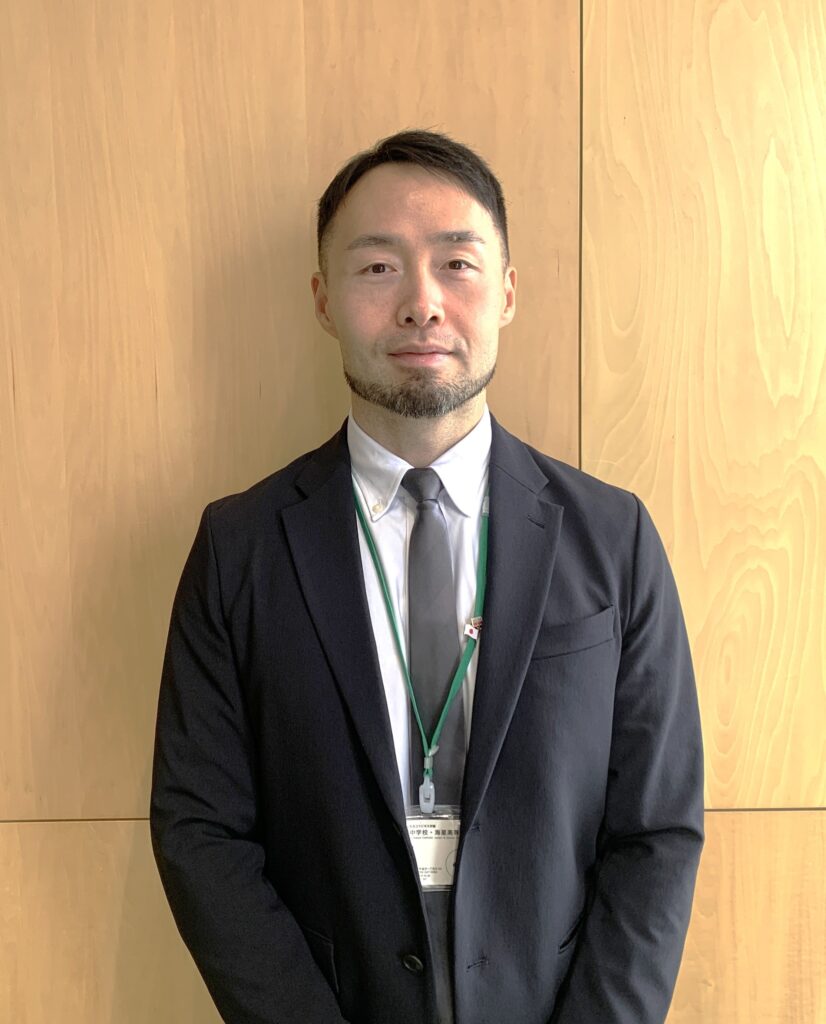
Le Zhao
British Columbia Teacher
M.Ed. (Curriculum and Pedagogy)
B.Ed. (Education)
B.Sc. (Honours Biomedical Science)
Message
It's a great honour to join Kaisei Canadian Double Diploma School. My global teaching experience in STEM, with a primary focus on math and sciences, is centred on guiding students toward a deeper, conceptual understanding. For over a decade, my students have consistently achieved exceptional grades and gained admission to prestigious universities, a testament to their dedicated hard work and our truly collaborative approach to mastering challenging concepts.
I firmly believe in the transformative power of project-based learning, where students dive into real-world challenges. This naturally extends to fostering robust interdisciplinary collaboration, blending insights from different fields. My approach to 21st-century education involves equipping students with dynamic digital competencies, moving beyond basic literacy to embrace critical thinking around online resources, data analysis, and the strategic use of gamifying learning. I am passionate about fostering truly personalized learning experiences, recognizing that each student learns differently, and champion the exciting concept of co-creation of learning. I don't see myself as a lecturer, but rather a learning coach - a guide who helps students navigate challenges, celebrate breakthroughs, and develop their own intellectual independence. In my classroom, I'm dedicated to cultivating an environment that sparks genuine curiosity, offers healthy challenges, and empowers students to take ownership of their learning for lifelong intellectual growth.
Outside of teaching, I advocate for self-investment - nurturing myself physically, mentally, and intellectually. I'm an avid foodie and traveler. Having explored much of Japan, I look forward to exploring Shikoku and other lesser-known locations. When I am not in the kitchen or planning trips, I'm often working out, running, and delving into history.
